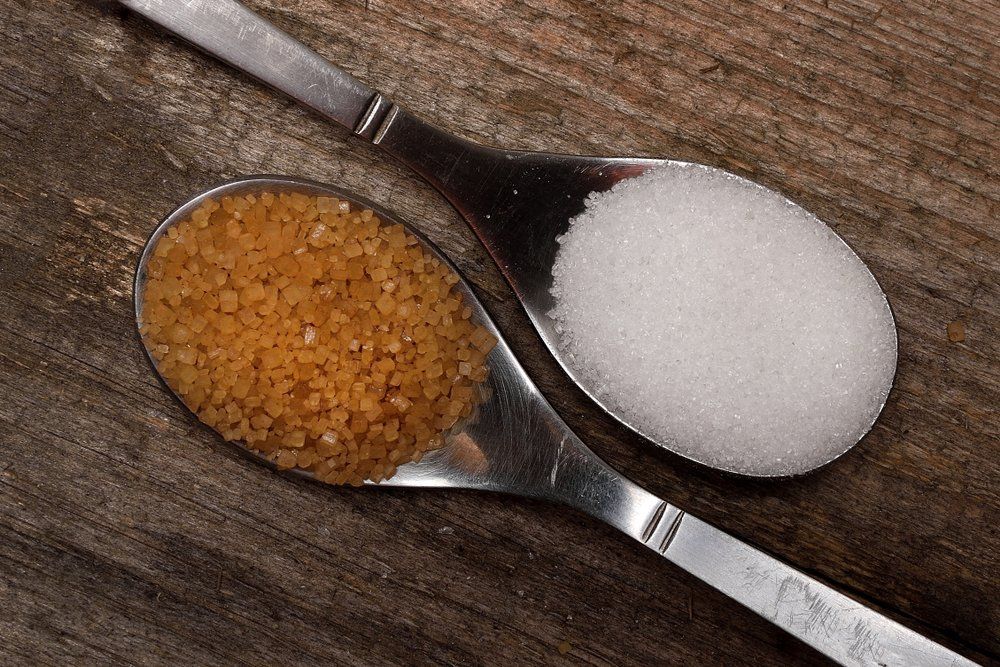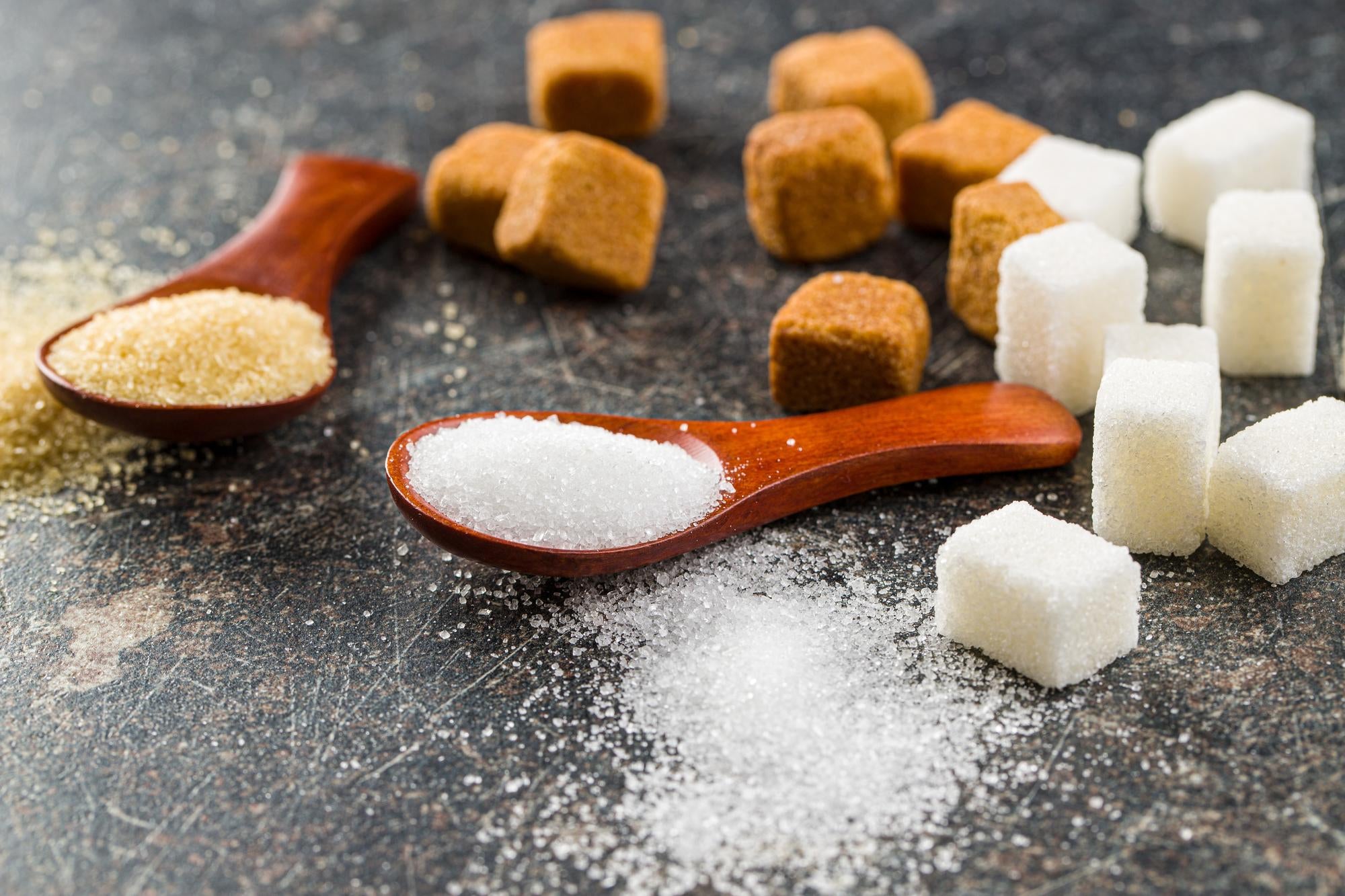Examining beet sugar vs cane sugar reveals distinctions in production costs and distribution.
Examining beet sugar vs cane sugar reveals distinctions in production costs and distribution.
Blog Article
Discover the Uses and Perks of Beet Sugar Vs Cane Sugar in Your Daily Diet
Checking out the unique top qualities of beet and cane sugar discloses more than simply their sweetening capabilities; it highlights their distinct influence on health and wellness and cookeries. Beet sugar, known for its subtle flavor, is often favored in delicate desserts, whereas cane sugar, with its hint of molasses, adds richness to robust meals. Each kind holds its own nutritional account and glycemic ramifications, welcoming a much deeper understanding of their functions in a well balanced diet regimen and lasting intake methods.
Origin and Production Processes of Beet and Cane Sugar

The distinct climates and soil kinds needed for growing sugar beetroots and sugarcane add to differences in their cultivation practices and geographical distribution, influencing the business economics and sustainability of their manufacturing. beet sugar vs cane sugar.
Nutritional Comparison In Between Beet Sugar and Cane Sugar
In spite of originating from different plants, beet sugar and cane sugar are nutritionally very comparable, both mainly including sucrose. Each gives regarding 4 calories per gram, translating to approximately 16 calories per teaspoon. Structurally, both sugars are made up of roughly 99.95% sucrose, with minimal quantities of various other compounds like moisture and trace element, which do not substantially alter their dietary profiles.

Inevitably, when selecting between beet sugar and cane sugar based on dietary content alone, both deal the same benefits and downsides as they are essentially kinds of the exact same particle-- sucrose, providing quick power without other nutrients.
Impact on Health: Glycemic Index and Caloric Content
Checking out additionally right into the results of beet sugar and cane sugar on wellness, it is essential to consider their glycemic index and caloric content. Both sugars are identified as sucrose, which contains sugar and fructose. This make-up leads them to have a similar influence on blood sugar levels. The glycemic index (GI) of both beet and cane sugar is around 65, categorizing them as high-GI foods, which can cause quick spikes in blood sugar degrees. This is a critical facet for people taking care of diabetes mellitus or those attempting to maintain their energy levels throughout the day.
Each kind of sugar consists of about 4 calories per check my source gram, making their caloric content equivalent. For those checking calorie intake, especially when taking care of weight or metabolic wellness problems, comprehending this equivalence is vital (beet sugar vs cane sugar). Too much usage of any high-calorie, high-GI food can add to health and wellness issues such as weight problems, heart disease, and insulin resistance.
Environmental and Economic Factors To Consider of Sugar Production
Beyond wellness effects, the manufacturing over at this website of beet and cane sugar likewise elevates considerable ecological and economic problems. Sugar beet cultivation has a tendency to require cooler environments and has a lower geographical footprint contrasted to sugar cane, which thrives in exotic regions. Nevertheless, both crops are intensive in regards to water usage and land profession, possibly resulting in logging and water deficiency. Financially, the worldwide sugar market is highly unpredictable, influenced by changes in worldwide trade plans and subsidies. Many nations incentivize sugar production through financial backing, skewing market rates and affecting small-scale farmers negatively.
In addition, the usage of chemicals and plant foods in both beet and cane sugar cultivation can lead to soil degradation and air pollution, more influencing biodiversity and neighborhood water bodies (beet sugar vs cane sugar). The selection in between growing sugar beet or cane typically hinges on neighborhood ecological problems and financial factors, making the sustainability of sugar production a complex issue
Culinary Applications and Taste Distinctions
While the environmental and financial elements of sugar production are certainly significant, the option between beet and cane sugar additionally influences cooking applications and flavor accounts. Beet sugar, obtained from the sugar beet plant, is known for its extremely neutral taste.
Cane sugar, removed from sugarcane, often preserves molasses traces, which give a distinctive splendor and depth. This mild molasses flavor boosts the complexity of baked items, sauces, and sauces. he has a good point It is especially favored in things where a sugar touch is desired, such as in brownies or gingerbread. The minor variant in wetness content in between beet and cane sugar can impact the structure and consistency of recipes, making cane sugar a recommended selection for details dishes that profit from its special properties.

Conclusion
To conclude, both beet and cane sugar have distinct origins and manufacturing procedures, using similar dietary profiles with mild distinctions in sodium material and flavor. While their effect on wellness, specifically concerning glycemic index and calories, is similar, the choice between them commonly boils down to ecological, economic variables, and details culinary needs. Recognizing these elements can guide consumers in making educated decisions that line up with their health objectives and flavor choices.
Report this page